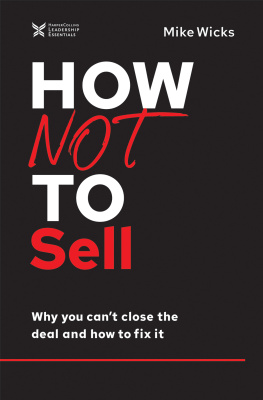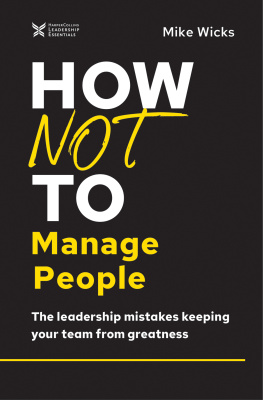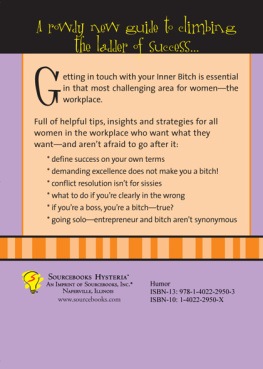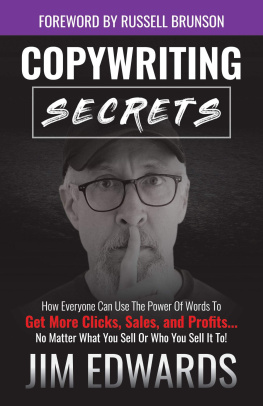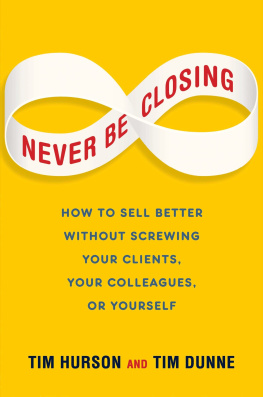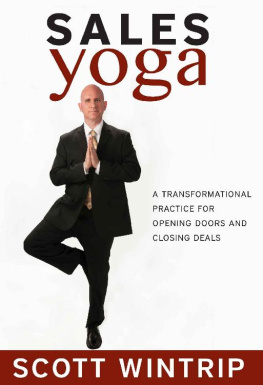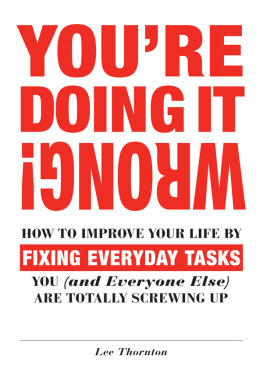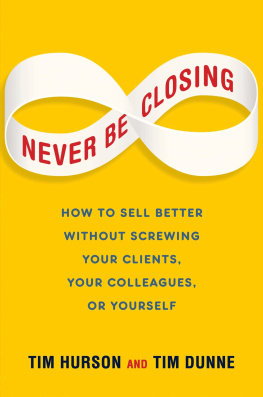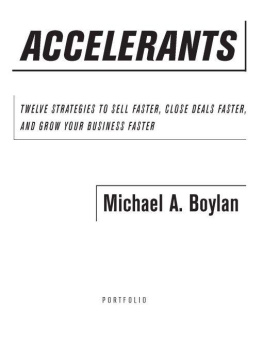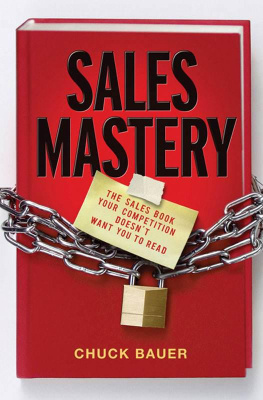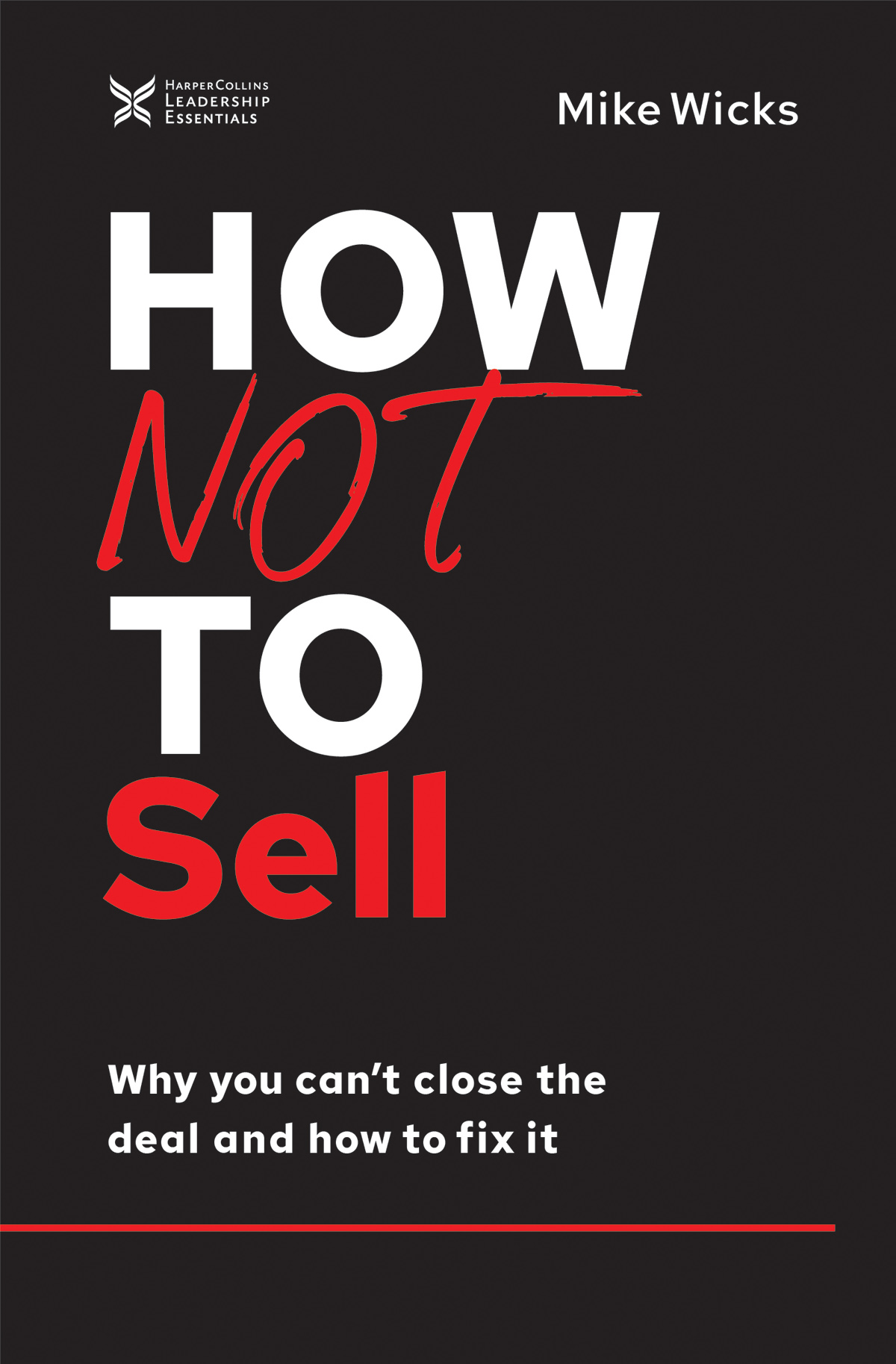2020 HarperCollins Leadership
All rights reserved. No portion of this book may be reproduced, stored in a retrieval system, or transmitted in any form or by any meanselectronic, mechanical, photocopy, recording, scanning, or otherexcept for brief quotations in critical reviews or articles, without the prior written permission of the publisher.
Published by HarperCollins Leadership, an imprint of HarperCollins Focus LLC.
Published in association with Kevin Anderson & Associates:
https://www.ka-writing.com/.
Book design by Aubrey Khan, Neuwirth & Associates.
ISBN 978-1-4002-2043-4 (eBook)
ISBN 978-1-4002-1890-5 (HC)
Epub Edition June 2020 9781400220434
Library of Congress Control Number: 2020936143
Printed in the United States of America
20 21 22 23 LSC 10 9 8 7 6 5 4 3 2 1
Information about External Hyperlinks in this ebook
Please note that the endnotes in this ebook may contain hyperlinks to external websites as part of bibliographic citations. These hyperlinks have not been activated by the publisher, who cannot verify the accuracy of these links beyond the date of publication
Contents
- Section 1
Its All about You - Section 2
Its All about What You Know - Section 3
Its All about the Sale
Guide
M any years ago, I had a gig trying to help new business owners understand that selling was now a key activity for which they were responsible. Entrepreneurs who launch new ventures are often in love with what they sell; they have a passion for it, whether its manufacturing wooden toys for children, offering a bookkeeping service, or setting up a graphic design studio. They incorrectly believe (at first) that their primary role is to manufacture what they sell or provide the service they offer.
In reality, however, they are in the sales business because nothing happens in a company until someone sells something. In small businesses, thats usually the entrepreneur, at least until the business grows to a size where it can afford a salesperson or a sales team. Larger start-ups may have salespeople from day one, but even then the owner or owners would be wise to do some of the selling themselves at the outset. Knowing what prospects think of your product or service, and what objections to purchasing they raise, is invaluable.
Back to my teaching days. One of the first questions I would ask attendees was, How many people here like to sell? Out of a class of twelve or so, one person might eagerly raise his or her hand; perhaps another one, or two, would tentatively do the same. The rest would look as if Id asked them to hold a tarantula.
The reason for this reticence toward selling always came down to the fact that they hated being sold to or had had some horrific experience at the hands of an oaf in a suit. The bottom line was that they disliked salespeople and that had translated to a fear of being disliked when they took on the role of salesperson for their business. Id encourage the class to describe an awful sales interactionin effect a how-not-to-sell experience. I delivered this same workshop dozens of times and the most common stories centered on people that sold things such as cars, life insurance, and, of course, anything where telesales were involved.
In most cases my students hated being railroaded by a prescriptive process; they felt like they were being placed on a conveyor belt that they couldnt get off of until they agreed to make the purchase. In essence, what they hated was fighting to keep control of the selling environment. Car dealerships in particular use this method. From the moment you walk into the showroom, you are shunted from person to person and given cost estimates to initial so that they can gauge your level of interest. Then your salesperson comes and goes while ostensibly fighting on your behalf with their manager. Then, of course, you have to sit down with the finance manager who attempts to upsell you with warranties and other options.
By this time, you feel battered and bruised and the best part of a day has been wasted. Most importantly, the salesperson is no longer your best friend. Now, this method does work to a pointthey do sell cars, but at what cost? Talk to your friends; do any of them enjoy shopping for a new car? I doubt it. I, for one, have a five-year-old car and would love to buy a new one, but Im putting it off because I dread going through the car dealership soft-shoe shuffle. I should say at this point that its not only car salespeople that use this sort of prescriptive selling techniqueits common across many industries.
Just because a sales technique works some of the time, or even most of the time, doesnt mean its good in your specific situation. There have been dozens of books over the years outlining techniques such as solution selling, strategic selling, consultative selling, relationship selling, persuasion selling, and even trust-based selling. Heck, at one time the Ford Motor Company used a method that encouraged its salespeople to focus on customers with large foreheads because it was thought they were more likely to be imaginative and open to new ideas. Good luck with that.
There have been dozens of books over the years
outlining techniques such as solution selling, strategic
selling, consultative selling, relationship selling,
persuasion selling, and even trust-based selling. Heck,
at one time the Ford Motor Company used a method
that encouraged its salespeople to focus on customers
with large foreheads because it was thought they were
more likely to be imaginative and open to new ideas.
If, however, you sweep aside all the rhetoricall the systems, techniques, and strategiesselling is about the relationship between two people, and one of them, the salesperson, has the opportunity to screw things up at every step along the way. The world is full of salespeople who get it wrong more often than they get it right. In How Not to Sell, Ill share with you dozens of ways salespeople got it completely wrong and hopefully help you avoid making the same mistakes. What I wont be doing is promoting clever techniques or using buzzwords. In my opinion, selling is simpleits the salesperson who makes it complicated or difficult.
I am grateful to all the people who contributed stories or anecdotes about poor salesmanship: either their own, or that which they had to suffer. Many of you asked for anonymity and I will respect that wish here, but you know who you are and how valuable your input was in ensuring this book was grounded in reality.
My special thanks to an extraordinary young woman, Megan Shaw McDonald. Your support in researching stories for this book was invaluable. This book is all the better for your research, editing, and writing skills.
To my old friend Wayne Grier, a RE/MAX realtor, for telling me some great stories about his career in sales, especially the one where he was stopped for speeding but still got the sale. And to Corina Ludwig, of FunctionFox, for sharing tales of what can go wrong when calling prospects. Also, Id like to thank Dave Warawa, author of Shut Up! Stop Talking and Start Making Money for his support.
Id specifically like to thank the following people who kindly sent me stories: Kent Lewis (Anvil Media Inc.), your timeshare tale was frighteningly on point; Paige Arnof-Fenn (Mavens & Moguls), for a great story about perseverance; Jessica Magoch (JPM Sales Partners LLC.) for her story about coaching a salesperson who lost sight of what she wanted to happen when meeting with a potential customer.

